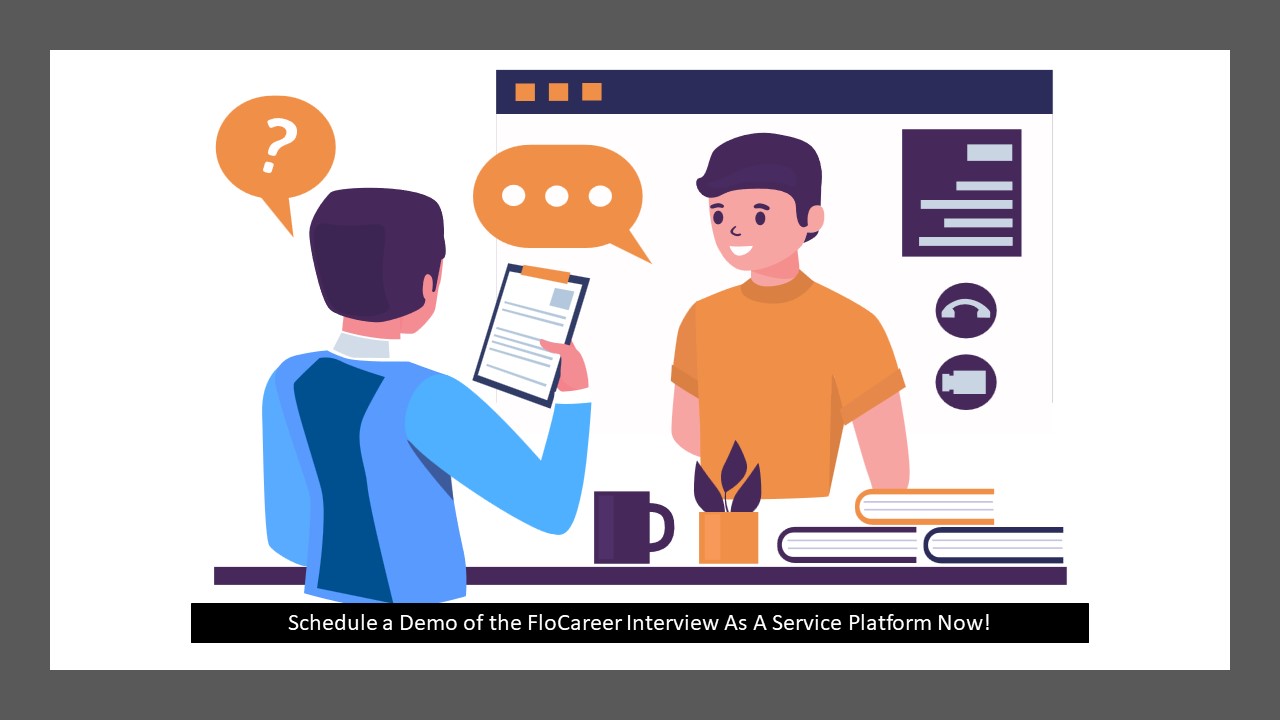You own or manage a business, you know that the success of your venture can be attributed to the efficiency of your daily operations as well as the hard work of your employees. Your employees are your company’s most important asset, so hiring the right candidates is crucial. To achieve this, your hiring managers and recruiters both play individual roles, but they must work together for the best outcome.
This article outlines ways for your recruiter and hiring manager to build a strong bond and work efficiently together. This will enable your company to hire the ideal candidate for the role while providing the best candidate experience.
What do recruiters and hiring managers do?
Since collaboration between recruiters and hiring managers is the key to successful hiring, the essential first step is to outline their roles. This ensures that neither steps on the other’s toes, which leads to a seamless hiring process.
A hiring manager that requires a new employee to fill an open position on their team is in charge of both identifying the job’s responsibilities and defining the skills and qualifications the shortlisted candidates must possess. The hiring manager shares this information in the form of a job description with the recruiter who looks for candidates that match the defined requirements. The recruiter may look for these candidates from an existing candidate pool or outside of it.
The hiring manager plays an active role in the hiring process, but it’s not their full-time job at the organization. They usually belong to a department that requires a new employee, such as customer service, sales, and IT, and are in charge of evaluating and managing the hired candidates.
However, the recruiter’s primary role at the organization is to identify, attract, and hire qualified talent for the company. To this purpose, they work with hiring managers from different departments daily. They are experienced in creating a candidate pool, contacting qualified candidates, scanning resumes, doing background checks, and scheduling and conducting interviews.
Depending on how the hiring manager and recruiter choose to work together, either of them could review resumes and interview applicants. However, the hiring manager has the final say on whether or not to hire a candidate.
While both recruiters and hiring managers have individual roles to fulfill, the process is much more likely to be successful if both are aligned on the objectives of the hire and are able to communicate openly.
For example, if the hiring manager doesn’t describe the job in detail, the recruiter might present sub-par candidates, not fully understanding the requirements of the position. If the hiring manager then believes that the candidate presented is the best the recruiter could find, he may settle and make a hire that’s unfit for the role.
It’s essential to help your organization's recruiters and hiring managers develop a strong bond to ensure you hire the right employees for your company. By working closely together on the process, the efforts of the hiring manager and recruiter can yield an exceptional hiring outcome.
This also results in the applicants having a better candidate experience, which reflects positively on the organization's culture and consequently, attracts increasingly qualified talent.
How can you engineer strong relationships within the hiring team?
Here are some ideas to help recruiters and hiring managers to work efficiently together to find the best candidates for your organization.
Sync expectations
If the recruiter has to find the perfect fit for the hiring manager, they must agree on the characteristics of the ideal candidate. If they have different versions of the ideal candidate, the hiring manager might refuse the options presented by the recruiter. Recruiters would then have to restart their search or recontact already rejected candidates, which is inconvenient for everyone.
For example, if the recruiter isn’t aware that the hiring manager prefers a candidate with minimum 4 years of work experience, they may present candidates with the required skills who are recent graduates. This wastes time for everyone involved in the process - the hiring managers, recruiters, and candidates. In contrast, if the hiring manager clearly defines the role’s requirements, the recruiter can filter the search accordingly to present better-suited candidates.
A common problem that emerges is hiring managers not knowing exactly what they require from the candidate or not understanding how to communicate their talent needs comprehensively. One way to help recruiters and hiring managers be on the same page about what they are seeking is by encouraging them to engage in a face-to-face meeting instead of communicating over email. This enables them to have a clear conversation about expectations, leaving nothing to interpretation. In addition, the hiring manager and recruiter can review initially submitted resumes or conduct the first few interviews together to better understand each other’s thought processes.
2. Build trust and rapport
Trust is an important value that comes into play when two people work together. If the hiring manager doesn’t trust the recruiter to do his job, they may feel compelled to interfere in the latter’s work. Similarly, if the recruiter doesn’t trust that the hiring manager understands the ideal characteristics of the desired candidate, they might stray from the given job requirements. Trust and transparency help build a rapport and avoid hiccups during the hiring process.
Encourage your hiring managers and recruiters to take the time to get to know each other’s ways of working. For example, your recruiter could share sourcing insights with the hiring manager who, in turn, could describe in detail any quality or skill they are seeking based on their knowledge about the job’s daily responsibilities.
Here are other trust-building discussions you can orchestrate between your hiring managers and recruiters:
Encourage recruiters to be upfront about their limitations. For example, recruiters may not have the technical knowledge required to suitably screen candidates if you're hiring new tech talent. By being honest about their limitations, both parties build trust and respect for each other, which helps them work together to find solutions.
2. Encourage recruiters to be upfront about whether or not the hiring manager’s expectations are reasonable. For example, if hiring managers expect an exceptional candidate at a below-average salary or want the role to be filled within two weeks, recruiters should let them know it might not be possible.
3. Dig deep into job requirements. If recruiters are unclear about the hiring manager's requirements, encourage them to voice their questions and obtain the details they require to find suitable candidates.
Here are some questions recruiters could ask:
What projects would the candidate be handling?
What pain points will hiring a candidate solve?
What qualifications and skills should the candidates have?
What tools and software should the candidate be proficient with?
What additional qualities or skills would be appreciated or nice to have?
What would the candidate's day-to-day work look like?
How would you measure the candidate’s success in their role?
What performance management systems do you have in place?
What qualities did other successful people in this role have?
What challenges are typical for this role?
The recruiter and hiring manager can have a productive discussion around responses to these questions to better align their vision of the ideal candidate that should be shortlisted for hire.
4. Address biases in the hiring process
Subconscious biases in the hiring process can affect the quality of your candidates. Every company must strive to overcome this by standardizing the hiring process to strip it of its biases.
Here are some ways you can attempt to standardize your hiring process:
Organize awareness training sessions for all your employees, including hiring managers and recruiters. Awareness is the first step toward unraveling biases.
Alter your job descriptions to display a cooperative and collaborative work environment rather than a competitive one. Replace gender-biased words with gender-neutral ones for greater inclusivity.
Incorporate a sample-work system, if possible. An actual work sample is the best indicator of whether a candidate is suitable for the job.
Standardize your interview process by asking unbiased, skill-based interview questions. Ask the same defined questions of all candidates, and be sure to choose questions that focus directly on the candidate's ability to do the job.
We hope these tips helped you understand how to build a strong bond between your recruiter and hiring manager in order to hire the best possible talent for your organization.



